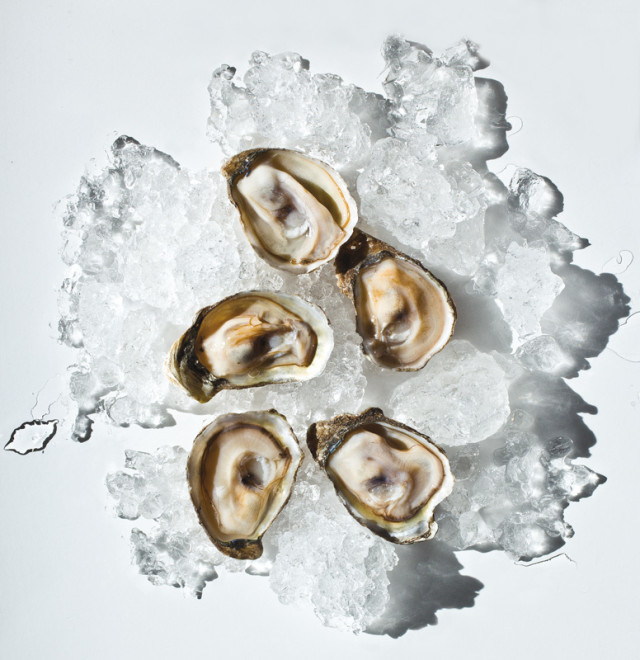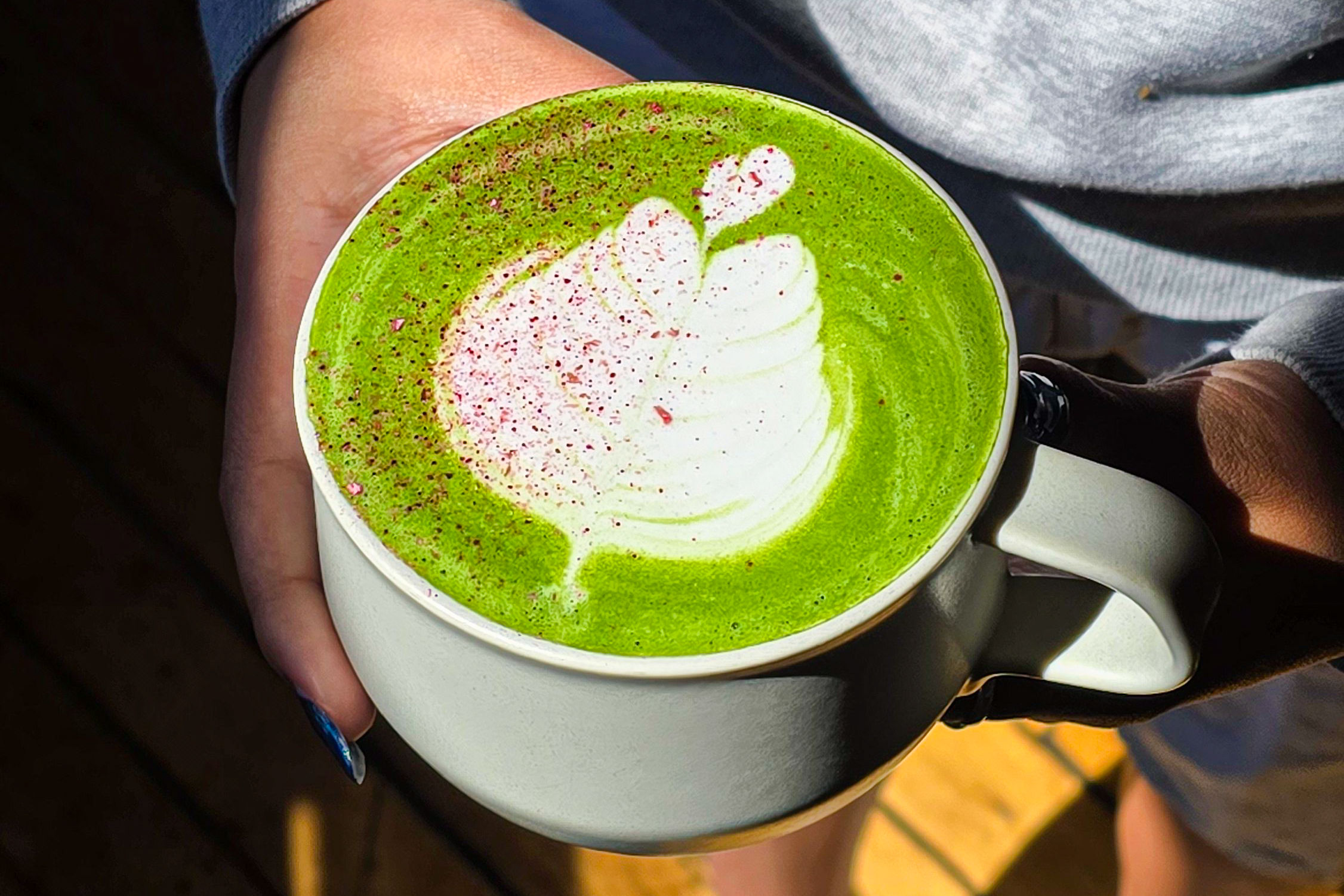Oregon's Native Oyster, Reborn

As they came in search of gold and lumber, the West Coast pioneers of the 19th century discovered something else: the delicious Olympia, the North Pacific Coast’s only native oyster species, an unusually small package delivering a walloping hit of rich, earthy flavor.
Ravenous gold rushers gobbled up San Francisco Bay stocks before devouring oysters from up and down the coast. By 1915, the Olympia had been consumed nearly to extinction. Today, however, the Olympia is in the midst of a heartening rebirth thanks to a different (and, arguably, more sensitive) gourmand posse: Portland diners and restaurateurs who prize both the quarter-size bivalve’s flavor and its localist credibility. (The Pacific oyster, the West Coast’s most cultivated oyster, is native to Asia.)
Since 2005, Dick Vander Schaaf has worked with Whiskey Creek Shellfish Hatchery to disperse hundreds of 20-pound mesh bags of seed oysters over a reserve area in Netarts Bay, covering 12 acres in total. “This is the first year we’re not putting out oysters,” says Vander Schaaf, marine director of the Nature Conservancy. “We’ve covered all the suitable habitat.” Restoration efforts now dot the coast from Washington to California, reestablishing Olympias in many bays.
Jin Soo Yang, chef at Portland’s Bamboo Sushi, says the Olympia’s lure lies in a distinctive burst of coppery flavor, the result of a three-year growing period. “Oysters take on a region’s flavor,” adds Eat Oyster Bar chef-owner Ethan Powell. “Olympias develop woody, mushroomy flavors from runoff that flows into Northwest bays.”
Meanwhile, a new threat faces all oysters: ocean acidification. Carbon dioxide emissions end up largely in the oceans, which turn the global-warming gas into carbonic acid, causing larval oysters to struggle to form shells. The Whiskey Creek Shellfish Hatchery, for one, has been hard-hit by the resulting larvae declines in recent years.
In July, Oregon State University researchers received $250,000 to breed an acid-resilient commercial oyster. The Olympias are too small-scale for that research to apply to them, but they may have an advantage—they spawn in the spring and fall, avoiding summertime’s peak acidity. If so, this little local might just outwit the elements, to the delight of oyster connoisseurs.




